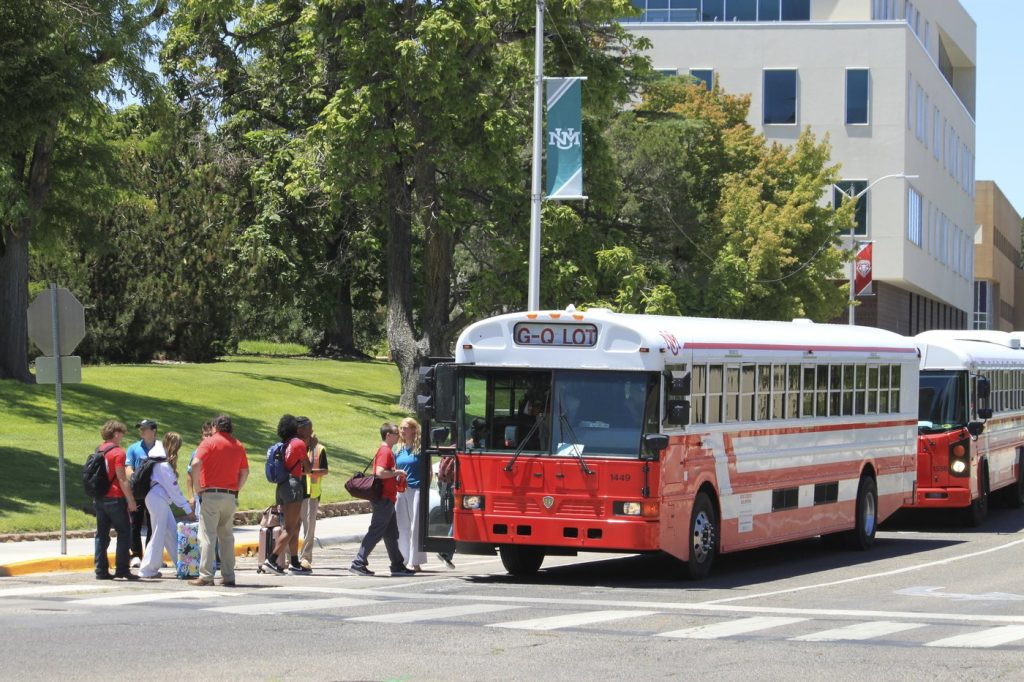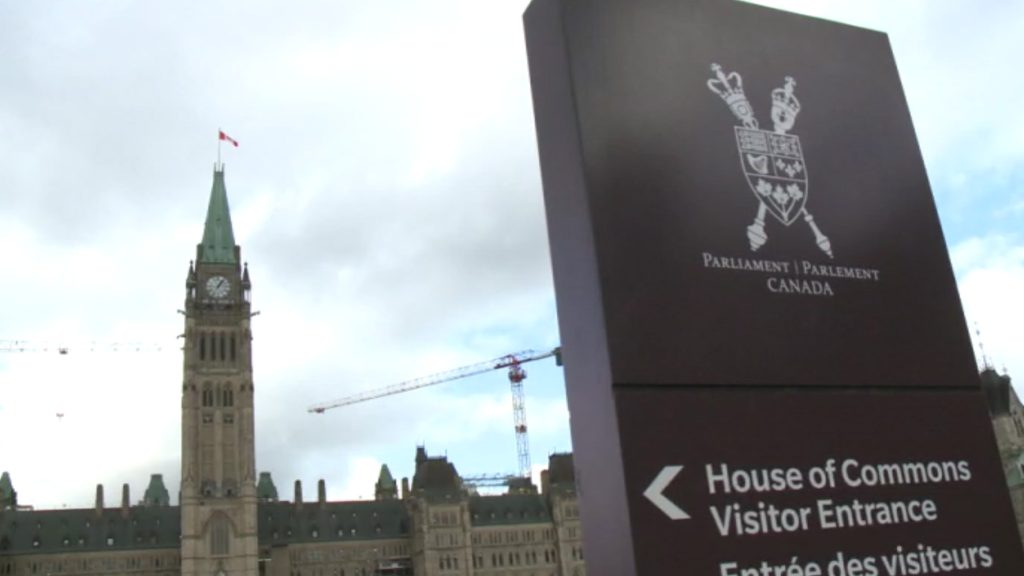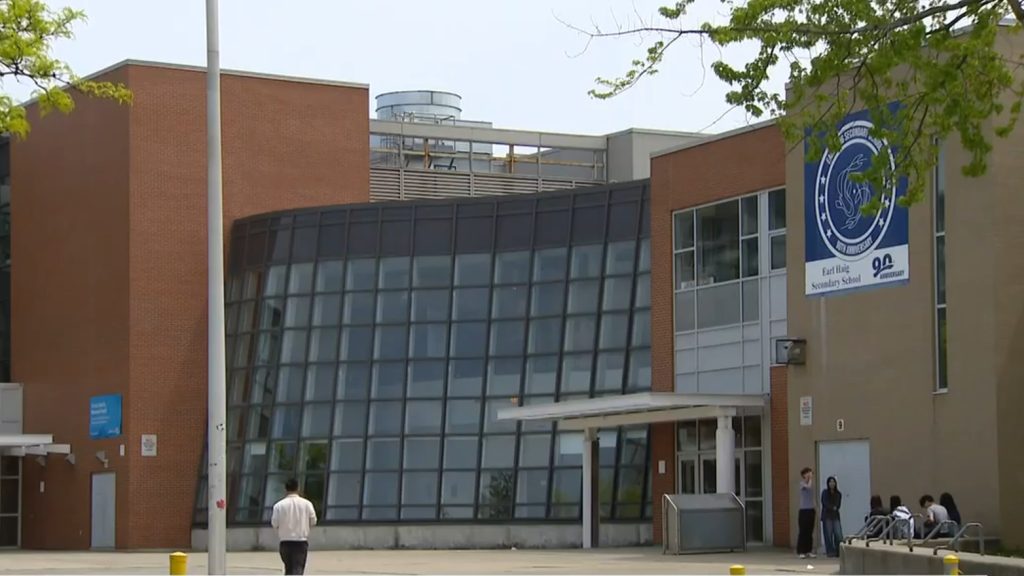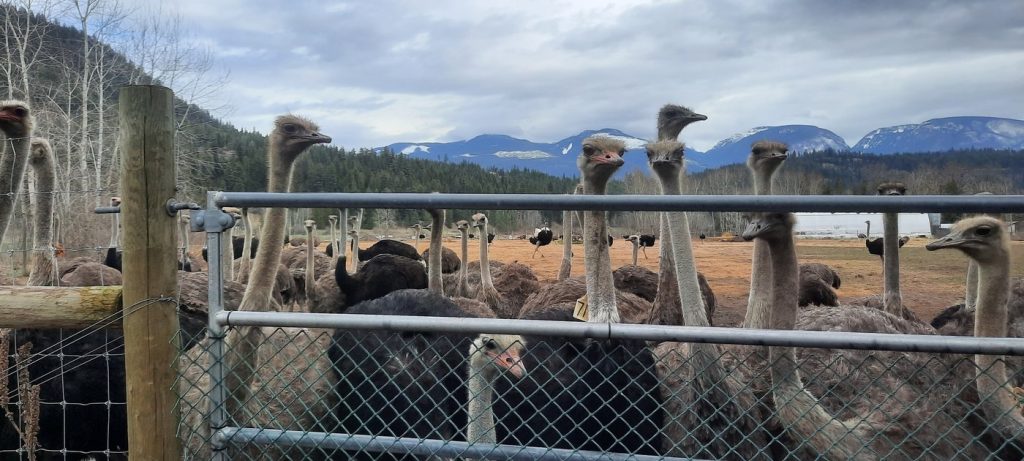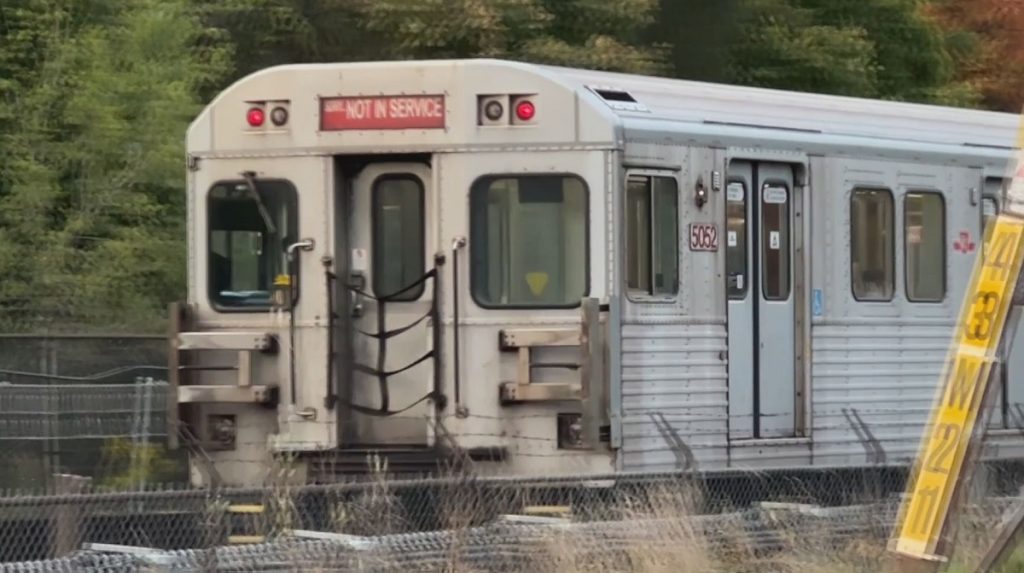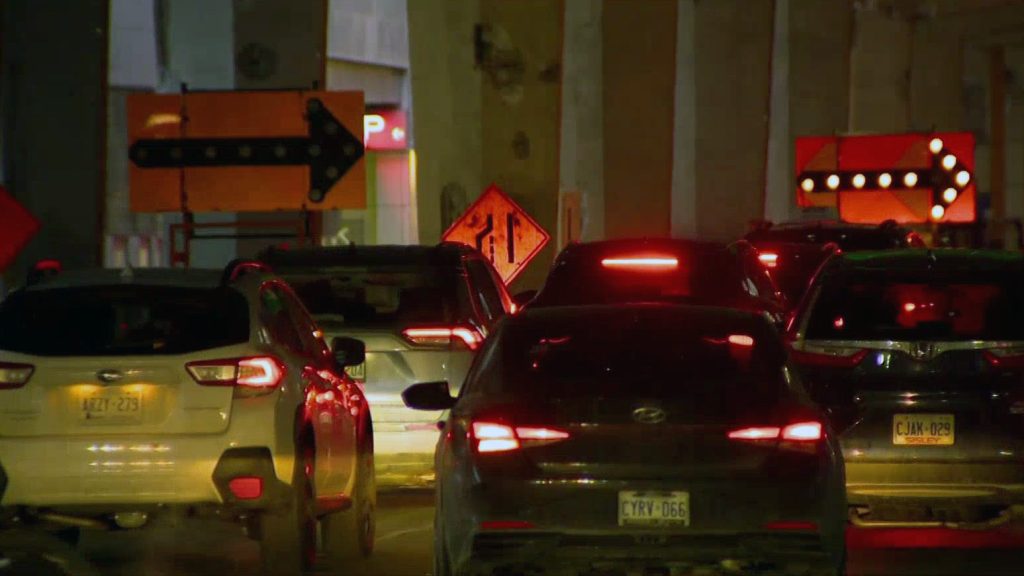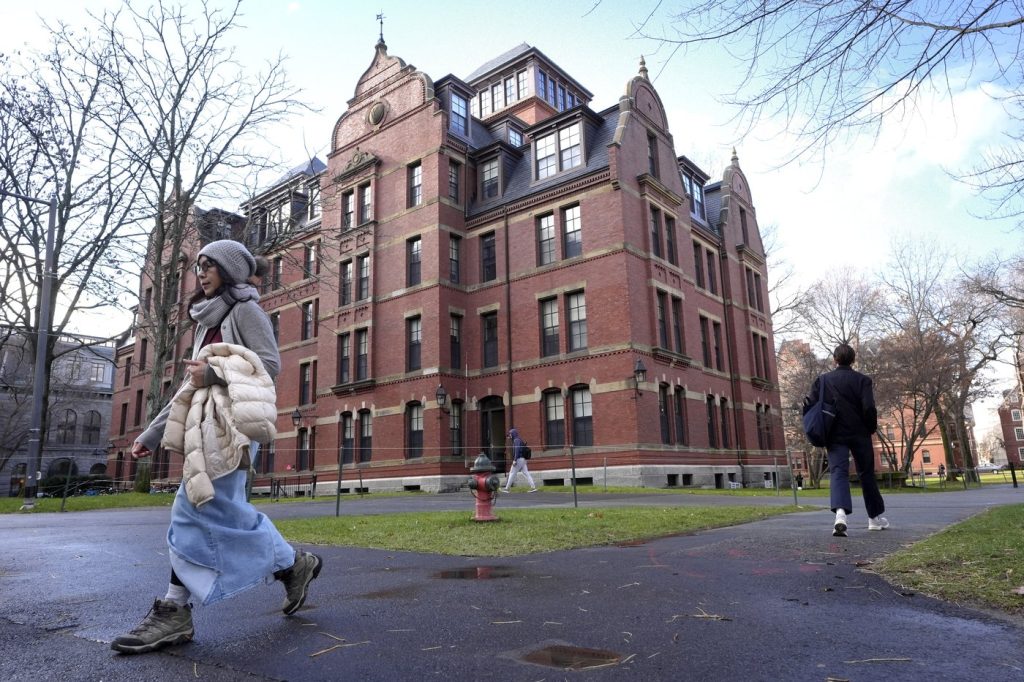As summer approaches, skywatchers can look forward to an exciting celestial event: the simultaneous peak of the Southern Delta Aquariid and Alpha Capricornid meteor showers on July 30. This rare meteor shower duet will feature both showers delivering impressive displays of shooting stars during the early morning hours.
The meteor showers will be favorably positioned for viewing this year, as the waxing moon will be only about a quarter full, minimizing interference from moonlight. This means that those situated in darker regions, away from the bright lights of cities, will have the best chance to witness the vivid meteors streaking across the night sky. Each shower is anticipated to produce up to a dozen visible meteors per hour, and when combined, the total number of meteors will indeed increase, allowing for a spectacular viewing experience.
Thaddeus LaCoursiere, the planetarium program coordinator at the Bell Museum in St. Paul, Minnesota, emphasized the allure of the event, stating, “Look for flashes of light in the night sky.” He further described both meteor showers as “very nice classic meteor showers” that offer delightful spectacles for eager stargazers.
The nature of the meteors in the Alpha Capricornids is worth noting, as they travel more slowly. According to Nick Moskovitz from the Lowell Observatory in Flagstaff, Arizona, these meteors may possess longer-lasting tails, providing a unique visual experience for those observing them. The meteor showers will continue to be visible until August 12, giving plenty of opportunities for enthusiastic viewers to catch a glimpse.
So, what exactly is a meteor shower? Meteor showers occur multiple times throughout the year when Earth crosses paths with debris left behind by comets and asteroids. In this case, the Southern Delta Aquariids originate from the debris of comet 96P/Machholz, while the Alpha Capricornids are tied to the comet 169P/NEAT. As these fast-moving particles enter the Earth’s atmosphere, they encounter air resistance, causing them to heat up and eventually burn up. Often, this creates a brief glow in the surrounding air, resulting in what we recognize as a “shooting star.”
No special equipment is necessary to view these celestial events; all one needs is a location removed from city lights. To optimize their meteor watching experience, enthusiasts should consider a few practical tips. The ideal time for viewing is during the early predawn hours when the moon is lower in the sky. Competing sources of light, like a bright moon or artificial illumination, pose significant challenges in spotting meteors. Therefore, cloudless nights, especially when the moon is less prominent, provide optimal conditions.
Stargazers are advised to keep their eyes looking up rather than down at their phones, as this will enhance their ability to spot shooting stars. Looking forward, the next significant meteor shower, the Perseids, is scheduled to peak in mid-August, promising another marvelous opportunity for skywatchers.



